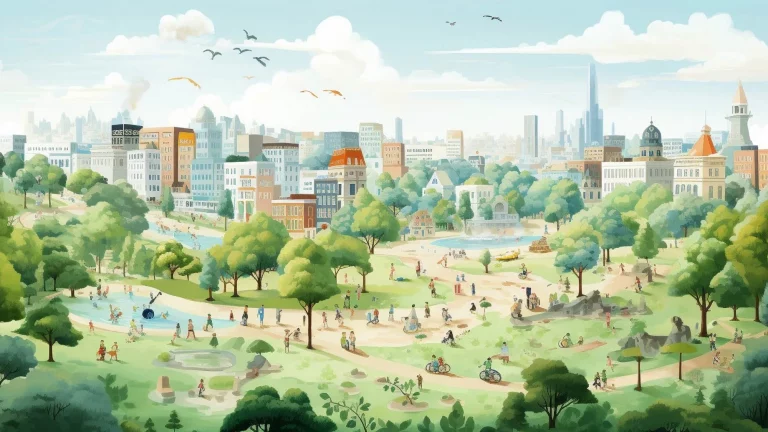Design for social change and the museum
From April 12 through April 14, 2010, 22 designers, historians, curators, educators and journalists met at Rockefeller Foundation’s Bellagio Center on Lake Como, in Italy, to discuss the museum’s role in the 21st century in relation to design for social change.
Participants (including Paolo Antonelli, Andrew Blauvelt, Allan Chochinov and John Thackara) from a spectrum of institutions in 11 countries engaged in a far-ranging and illuminating conversation.
Design Observer’s William Drenttel and Change Observer’s Julie Lasky have written an extensive report on this symposium sponsored by the Rockefeller Foundation and organized by Winterhouse Institute.
Here are the key conclusions (copied from the abstract):
- The museum can be a collective commons for learning, reflection and critical action, as well as a platform for delivering information and provocation and a stage for learning, social connectedness and critical action. The museum as commons is not only an exhibition space but also a civic arena where people can reflect on the importance and efficacy of social change.
- Museums need to move beyond the object so that social design exhibitions are more than concrete displays. In that sense, design should be regarded as a tool for improving life and fostering participatory engagement and social activism.
- Museums should be a place where “wicked,†or seemingly intractable social problems of global scope, are addressed — a shared space in which diverse stakeholders can participate in solutions.
- The curator’s role may have to evolve and broaden to include skills germane to the complexity of issues around social change and innovation.
- Traditional museums can learn from other institutions and organizations that champion design as an agent of social change by stimulating, honoring and publicizing specific achievements on an international platform.




